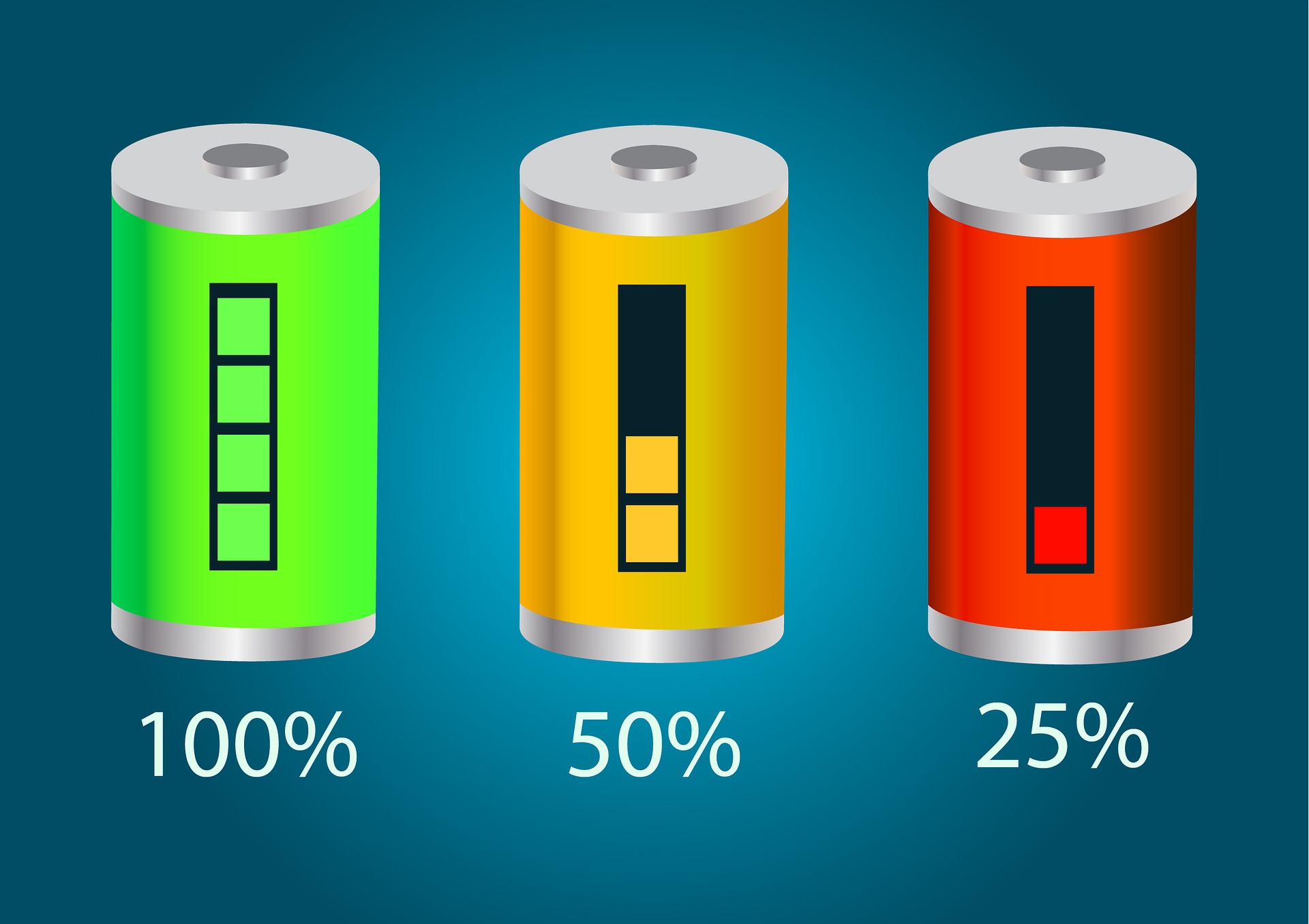Currently, numerous cities are competing in the new energy storage market. In March, Guangdong Province released the Guiding Opinions on Promoting High-Quality Development of the New Energy Storage Industry. The document sets a target for the province's new energy storage industry to achieve an operating revenue of 1 trillion RMB by 2027.
In positioning themselves within the energy storage sector, leading cities such as Shanghai and Shenzhen have been making continuous strategic moves. Secondary cities are also eager to participate, with Changzhou, Changsha, Foshan, Dongguan, Hefei, and many other locations releasing supportive policies for the energy storage industry.
From the perspective of industry sectors and development stages, the energy storage industry is still in its infancy. Industry predictions suggest that by 2030, the market size will reach 10 trillion RMB—an ample opportunity for cities at all levels. Those who seize this opportunity can soar to new heights. With so many cities focusing on the new energy industry, fierce competition between cities and industries is inevitable. Learning from each other’s strengths and compensating for weaknesses, how cities leverage their advantages and address shortcomings in the race for the new energy track is a significant challenge.
After nearly 30 years of battery industry accumulation, Huizhou City in Guangdong Province has become one of the most complete and diversified industrial clusters domestically. It hosts leading enterprises such as EVE Energy, BYD Battery, Sunwoda, and Desay Battery, gradually forming a new energy battery industrial cluster. Facing this trillion-yuan "opportunity," Huizhou is leveraging its strengths to enhance industrial capacity, with the new energy battery industry expected to exceed 100 billion RMB this year.
Recently, during a high-quality development enterprise seminar on new energy storage in Huizhou, the cities of Yibin in Sichuan and Changzhou in Jiangsu were frequently mentioned by insiders in the new energy sector. While Yibin is well-known for Wuliangye liquor, its industrial structure has quietly transformed, presenting itself as the "Power Battery Capital."
In 2022, Yibin produced and sold 72GWh of power batteries, accounting for about 15% of the national total, driving the city's power battery industry to achieve an industrial output value of 88.9 billion RMB. Power batteries represent a high-value-added segment of the new energy vehicle industry chain. Over ten years ago, Changzhou began laying out research institutes for energy storage technology and introducing power battery production and supporting enterprises. Today, Changzhou's new energy industry is experiencing robust growth, with an output value exceeding 500 billion RMB, forming a complete "generation-storage-transmission-utilization" ecosystem.
The Haichen Energy Storage Southwest Intelligent Manufacturing Center and Research & Development Center project was signed and located in Tongliang, Chongqing, in May 2022, with a total investment of 13 billion RMB, covering an area of 1,200 mu. This project aims to build a base producing 56GWh of next-generation energy storage lithium batteries and 22GWh of energy storage modules, alongside a research center. As the first integrated electrochemical energy storage project in Chongqing, construction began in November 2022, and by April 2023, the main structures of all construction units in phase one had been completed.
Simultaneously, three upstream and downstream enterprises—Hebei Xingheng, Sichuan Jinhui Neng, and Fujian Keda—have settled in Tongliang District, providing core support for Tongliang's new energy storage industry and significantly promoting the clustered development of Chongqing's energy storage industry.
Article source | "Xiaokang" China Xiaokang. com reporter Guo Wei
